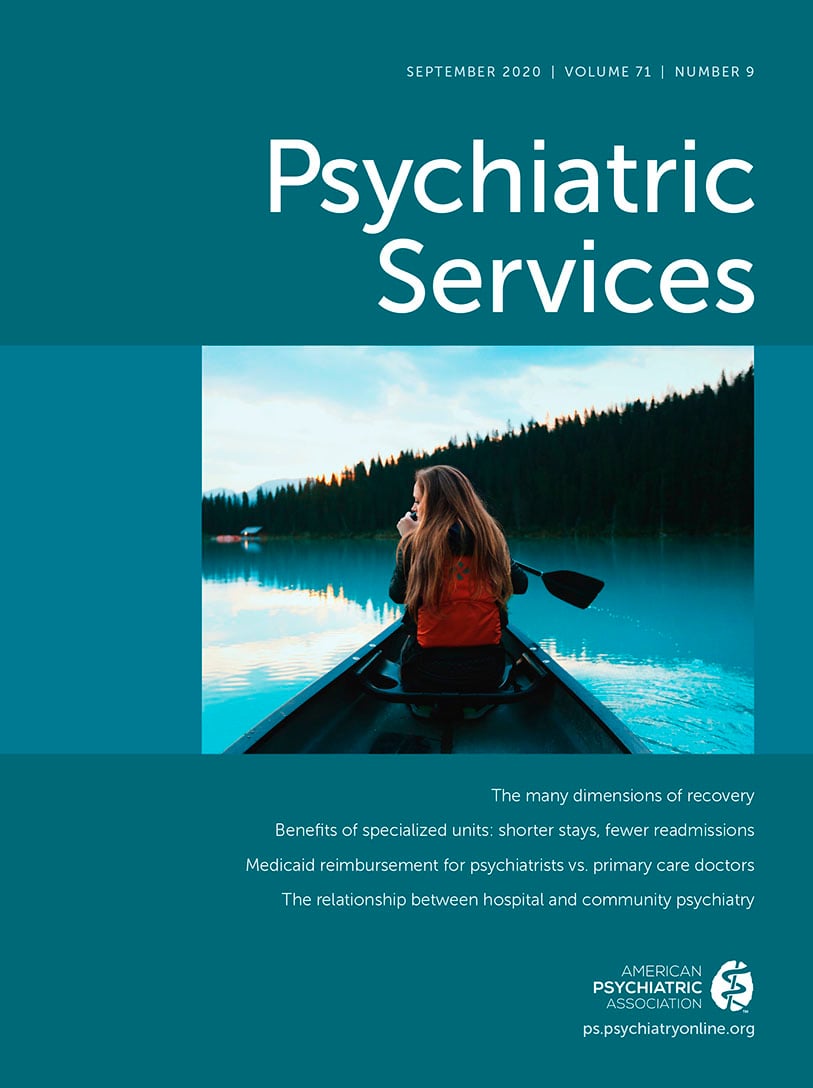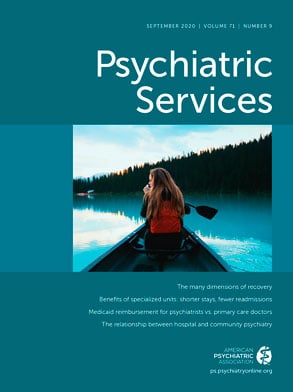According to our conceptualization (
1–
6), the social determinants of mental health are societal problems affecting large segments of the population (individuals, families, communities, and, indirectly, the entire population) that interfere with optimal mental health. These factors increase risk for mental illnesses and substance use disorders, worsen outcomes among those with existing mental illnesses or substance use disorders, and account for the mental health disparities and inequities that exist across population groups. Such determinants include adverse early life experiences; discrimination and the resultant social exclusion; exposure to violence, war, forced migration, and related issues; involvement in the criminal justice system; educational, employment, and financial inequalities; area-level and concentrated neighborhood poverty; poor access to stable housing, high-quality diet, transportation, health care, or health insurance; adverse features of the built environment (e.g., building design, city planning); neighborhood disorder; and exposure to pollution or the effects of climate change.
All of these problems, which are manifestations of social injustice, interfere with health and increase the risk of diseases, medical and psychiatric alike. At the individual level, they adversely affect health and cause disease through at least three mechanisms. First, these problems often result in reduced options for individuals. For example, lack of access to or lack of resources to purchase healthy food often results in reliance on an inexpensive, high-calorie, micronutrient-poor diet replete with processed food, junk food, and fast food. In turn, these poor options from which individuals must choose are behavioral risk factors for diseases and conditions such as obesity, diabetes, hypertension, and depression. Second, they create substantial and persistent stress, thereby triggering psychological and physiological stress responses that increase the risk for disease. Third, they can interact with genetic constitution through such mechanisms as gene-by-environment interactions and epigenetics.
Although the social determinants are relevant to the tertiary prevention work of clinical care, they are also central to health disparities and inequities, and they provide insights into how best to prevent mental illnesses and substance use disorders and promote mental health. Two frameworks are widely known to guide the medical and public health communities in thinking about how to approach prevention. The first provides a how-to guide by focusing on when to provide an intervention; the second focuses on who receives the intervention. A third framework—and our main focus here—provides a pair of upstream, population-based how-to approaches and crucially informs and improves the how-to guides for the first two frameworks.
When: Primary, Secondary, and Tertiary Prevention
The first framework centers on when in the course of a disease the preventive intervention is provided. Primary prevention occurs before any evidence of disease and aims to reduce or eliminate causal risk factors, prevent onset, and thus reduce incidence of the disease. Well-known examples include vaccinations to prevent infectious diseases and encouraging healthy eating and physical activity to prevent obesity, diabetes, hypertension, and other chronic diseases and conditions. Secondary prevention occurs at a latent stage of disease—after a disease has begun but before the person has become symptomatic. The goals, which ultimately reduce the prevalence of the disease, are early identification through screening as well as providing interventions to prevent the disease from becoming manifest. Screening tools and tests (e.g., checking body mass index, mammography, HIV testing) are examples of secondary prevention. Finally, tertiary prevention is an intervention implemented after a disease is established, with the goal of preventing disability, further morbidity, and mortality. Medical treatments delivered during the course of diseases can be considered tertiary prevention. This is the bulk of the work carried out by today’s medical field, including psychiatry. Relapse prevention is another form of tertiary prevention. In psychiatry, primary, secondary, and tertiary prevention are exemplified, respectively, by eliminating certain forms of dementia that stem from vitamin deficiencies, screening for problematic drinking that precedes alcohol use disorder, and providing psychosocial treatments to reduce disability among individuals with serious mental illnesses. One caveat of the when (primary, secondary, tertiary) framework is that it does not inherently address health inequities (e.g., unjust health disparities based on race inequities, socioeconomic status, or geographic location) that occur with regard to not only treatment but also access to primary and secondary prevention.
Who: Universal, Selective, and Indicated Preventive Interventions
The second approach for thinking through prevention largely focuses on
who receives an intervention. This framework, popularized by Institute of Medicine reports in recent decades (
7,
8), also has three levels of prevention (universal, selective, and indicated), divided in terms of who should be given a preventive intervention. Universal preventive interventions are given to the entire group (e.g., a school, an entire community, or the whole population), regardless of individuals’ level of risk for the disease. Examples include fortification or enrichment of foods, school-based curricula about substance abuse, and informational campaigns, such as public service announcements about wearing seat belts or not texting while driving. Selective preventive interventions are those delivered to a subgroup at increased risk for a disease outcome. This category is exemplified by statin use among those with hyperlipidemia (to prevent later cardiovascular disease) and pneumococcal vaccination in older adults. Indicated preventive interventions are those given to an even more select group that is at particularly high risk or is already exhibiting subclinical symptoms. Examples include lifestyle modifications for prediabetes or prehypertension. In psychiatry, universal, selective, and indicated preventive interventions are exemplified, respectively, by social and emotional development curricula provided in elementary schools, group-based psychotherapy for children of parents with depressive disorders, and efforts to identify and treat adolescents and young adults who appear to be at clinical high risk (often termed “ultra-high risk,” although the rate of false positives remains high) for schizophrenia. Similar to the
when framework, a weakness of the
who framework is that inequities exist in access to these preventive interventions; this framework at times provides a pound of prevention for some groups and only an ounce for others.
How: Pursuing Prevention While Promoting Health Equity
Psychiatry has long been interested in how, as a field, we mental health professionals might pursue the prevention of mental illnesses. Several disciplines (e.g., the field of community psychology), academic and training programs (e.g., the Division of Public Behavioral Health and Justice Policy at the University of Washington), and esteemed researchers (including Sheppard Kellam, a child psychiatrist by training) have established and advanced the field of mental illness prevention. However, despite advances, the prevalence of and disability stemming from mental illnesses indicate that major strides are still needed. In addition to the very useful when (primary, secondary, and tertiary prevention) and who (universal, selective, and indicated preventive interventions) frameworks, the social determinants of health framework guides us on how to go about prevention in at least two ways.
First, reducing the population burden of any of the social determinants (which tend to be highly interconnected) will improve the physical and mental health of the population and will reduce the risk for disease. Given their societal roots (often built into the very structure of society), changing the social determinants of health is no easy task. It requires, in our conceptualization, changing both public policies (e.g., organizational policies, legislation, court decisions) and social norms (i.e., culturally sanctioned ways of interacting with one another on the basis of innate characteristics or social position). Reducing the burden of these social risks on individuals (e.g., in the clinical setting) will have a similar effect, albeit with just one patient at a time. Addressing the social determinants also has an effect on the disease course—in part, by making it easier to be adherent to treatment (and thus having a better response to therapeutic interventions) and by improving one’s ability for disease self-management—which is highly relevant to the tertiary prevention work in which nearly all health care providers engage. Therefore, addressing the social determinants themselves is a means of prevention.
Second, the social determinants of health framework guides practitioners on how to go about prevention because it reminds us that we must work to eliminate inequities (including inequities in access to preventive services and interventions). For the when and the who frameworks to be effective in preventing mental illnesses and substance use disorders, they need to be available to all. Changing public policies and social norms will move us toward realizing the promise of prevention, because those activities are preventive themselves but also because they will help us level the playing field (i.e., eliminate unjust health inequities) so that prevention is a right for everyone. We must ensure that measures are in place to monitor equity in access to all illness prevention and health promotion services. Given the social injustice that leads to the social determinants themselves, we must be wary of inequities not only with regard to treatment but also in all arenas of prevention.

